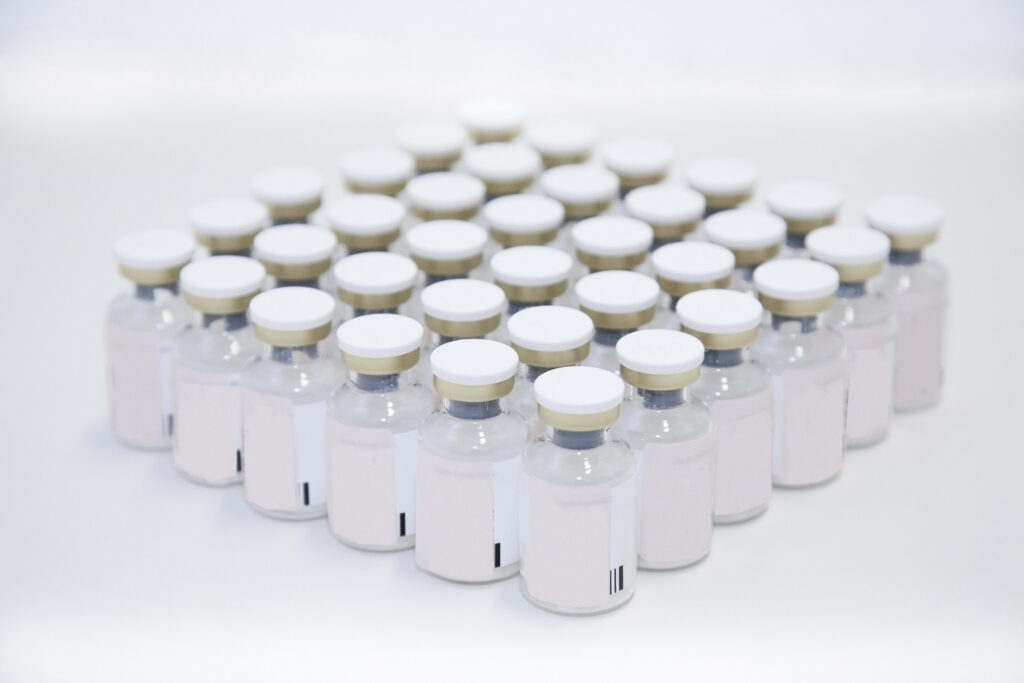Happy. Healthy. Southie.
Supportive and non-judgmental advice from SBCHC's health experts.
A Parent’s Guide to Understanding Vaccines Part III
By: Alyssa Robinson
Part III: What’s in a Vaccine? Common Vaccine Ingredients Explained
As a parent, it’s natural to have questions about what goes into your child’s body. After all, you’re making decisions to protect their health, and you want to feel confident that those decisions are safe and informed. In part III of our vaccine blog series, we’ll take a closer look at some of the most common components and ingredients found in vaccines, each with a specific, important role!
1. Antigens
Antigens are parts of germs (viruses or bacteria) that train your child’s immune system to recognize and fight infections. These antigens are typically inactivated (killed) or significantly weakened forms of the germ, so they’re unable to cause the disease itself. In some cases, only a part of the germ, like a protein, is used. For example, the flu shot contains a small piece of the influenza virus that helps your body learn how to find and fight the real virus later on. Because it contains only a part of the influenza virus, the flu shot cannot give you the flu.
2. Adjuvants
Adjuvants boost the body’s immune response to the vaccine’s antigen, so your child builds stronger and longer-lasting protection with fewer vaccine doses. One commonly used adjuvant is aluminum, which has been used safely in vaccines for more than 70 years. Aluminum is a naturally occurring element that is found in abundance in our environment. The amount of aluminum in vaccines is miniscule relative to the larger quantities of aluminum found in our food and water, including breastmilk and infant formula. Did you know that a one week supply of breastmilk or formula contains more than twice the amount of aluminum compared to a single dose of the pneumococcal vaccine?
More information can be found here: https://www.chop.edu/vaccine-education-center/vaccine-safety/vaccine-ingredients/aluminum
3. Stabilizers
Stabilizers, like sorbitol or gelatin, help maintain vaccines’ effectiveness during storage and transport. These ingredients ensure that the vaccine remains intact and doesn’t break down over time. Without stabilizers, vaccines could lose their effectiveness before they even make it to patients!
4. Preservatives
Some vaccines contain preservatives to prevent contamination by bacteria or fungi, which can potentially be introduced when a vaccine is being prepared to administer. This is important because contamination of vaccines by germs can have serious consequences- including local reactions and severe illness. One of the most commonly talked about preservatives is thimerosal, which has been removed from childhood vaccines since 2001. While thimerosal previously garnered a lot of attention due to fear that it could be harmful to children, extensive research looking at the low doses of thimerosal in vaccines has found no evidence of this (References 1-2).
5. Residuals of the Vaccine Production Process:
Some additional ingredients are used in the vaccine manufacturing process, such as egg protein. While these ingredients are then removed, tiny amounts can remain in the final vaccine product. One example is formaldehyde.
Formaldehyde
Formaldehyde is used in some vaccines to inactivate viruses or bacteria, rendering them harmless while still able to trigger an immune response. Formaldehyde is also produced naturally by the human body and is found throughout our environment. In excessive amounts, formaldehyde can be harmful. However, the amount of formaldehyde in vaccines is extremely low – much lower than the amount people are exposed to from natural sources, such as breathing air, eating food, or even normal human metabolism. Did you know that formaldehyde is essential for the body to build DNA (our genetic material)?
The Bottom Line: Are Vaccine Ingredients Safe?
Yes. Vaccines are made with safe ingredients, in minuscule amounts – often measured in micrograms (a millionth of a gram)! Vaccines are tested extensively for safety, over and over again, both before and after approval. Before a vaccine is approved, it goes through years of clinical trials, and then continuous monitoring once it’s in use. Vaccines are designed to prevent dangerous diseases, not cause them.
Wanting to understand what’s going into your child’s body is part of being a caring, responsible parent. Your job is to protect your child – ours is to help you do that with the best information available.
More questions? Below are some excellent resources with additional information. Always feel free to reach out to your primary care provider with further questions.
Vaccine Information- Resources For Parents:
Parentdata.org (by Emily Oster)
https://parentdata.org/how-can-you-know-if-vaccines-are-safe/
CHOP Vaccine Education Center:
https://www.chop.edu/vaccine-education-center
CHOP Parents PACK (VEC-associated resource):
https://www.chop.edu/parents-pack
Johns Hopkins Institute for Vaccine Safety:
https://www.vaccinesafety.edu/
Healthy Children:
https://www.healthychildren.org/English/safety-prevention/immunizations/Pages/default.aspx
References:
Reference 2: Vaccine Ingredients: Thimerosal | Children’s Hospital of Philadelphia

